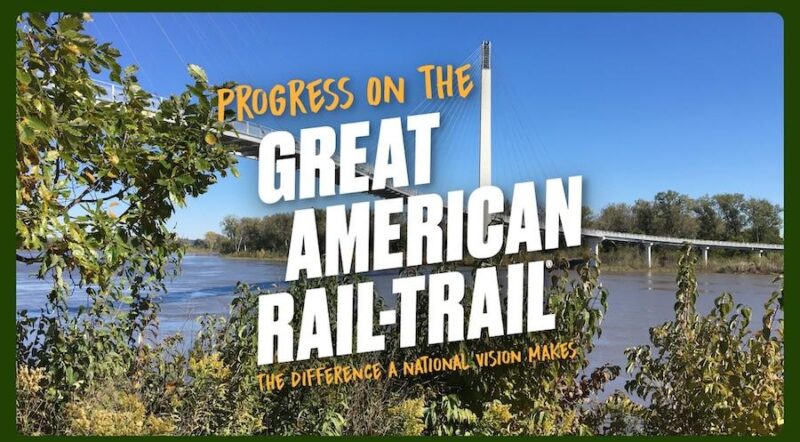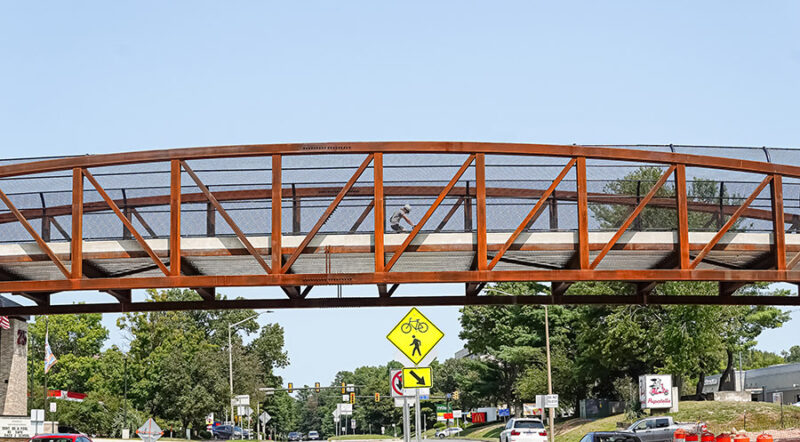The Very Real Challenges Facing America’s Trails
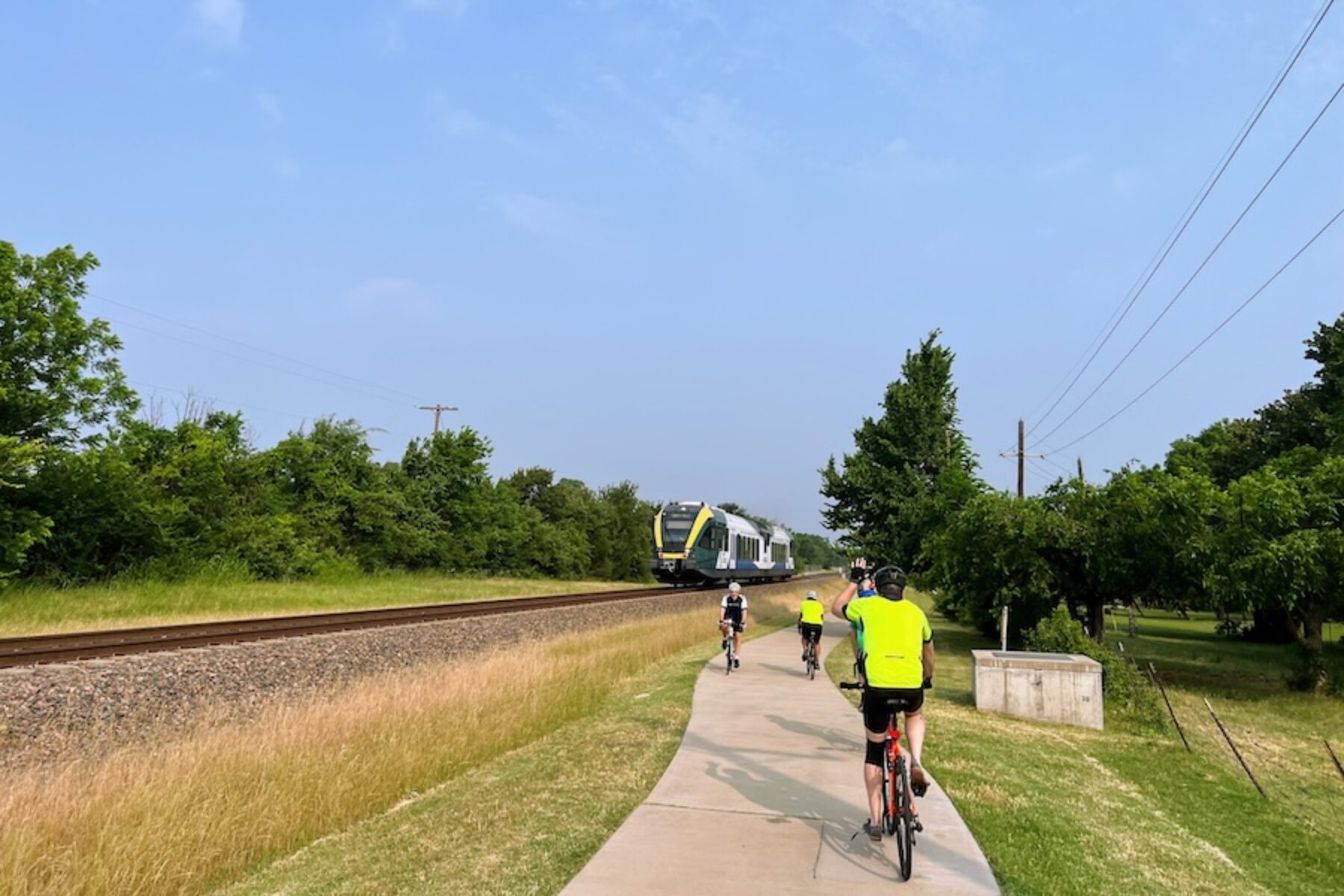
New actions being taken at the federal level seek to undermine—or even eliminate—the crucial funding sources and corridor preservation law that make trails and active transportation networks possible. Rails to Trails Conservancy will continue working to protect the federal programs that make it possible for the country to create, connect and maintain its trails.
Building a nation connected by trails has never been easy. Trail corridors are invaluable assets. It takes tenacity, advocacy and public investment to develop them and keep them available for everyone to use and enjoy—and to maximize their potential as they’re further connected into networks that make it safer and easier for people to get around on foot or by bike or wheelchair.
In the early 1980s, rail-trails were a relatively new concept, and every project was an exercise in ingenuity. Today, as the demand for safe places to walk and bike reaches all-time highs—and the urgency to develop this infrastructure dramatically outpaces the resources available—Rails to Trails Conservancy has worked alongside advocates, planners and civic and state leaders to push forward the nation’s trails system.
This advocacy, and the resulting investments, are at the foundation of the nation’s active transportation system. They have supported 42,000+ miles of multiuse trails, thousands of projects to improve streets for walking and biking, and hundreds of developing active transportation networks reaching every state.
Right now, serious challenges threaten to derail progress for trails, walking and biking and the positive impacts they deliver. Alarmingly, actions being taken at the federal level seek to undermine—or even eliminate—the crucial funding sources and corridor preservation law that make trails and active transportation networks possible.
Threats to Railbanking Shake the Foundation of the Trails Movement
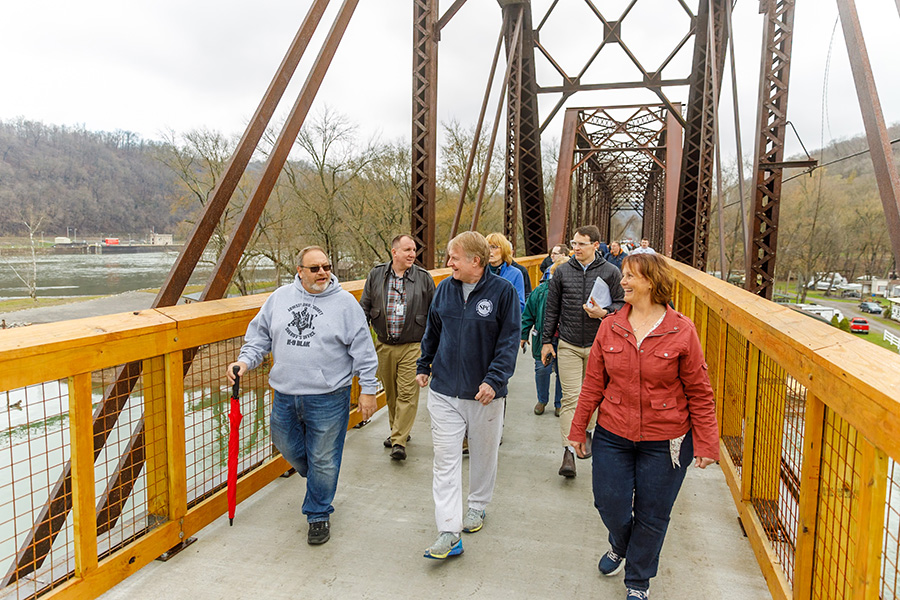
Railbanking, established in 1983 as an amendment to the National Trails System Act, is a fundamental federal tool to preserve unused rail corridors by allowing their interim use as trails—maintaining the option to reinstate rail service for future transportation needs. Through this innovative law, Congress has safeguarded a tremendous national asset, America’s rail corridors, ensuring that they remain intact for potential rail reactivation while providing communities with trails for walking, biking and being active outside.
Currently, there are thousands of miles of railbanked corridors in 43 states and Washington, D.C., and more than 9,000 miles of future rail-trail ready to be developed—delivering an essential resource for quality of life, transportation and economic development.
But proposed legislation, the “Rails to Trails Landowner Rights Act” (H.R.4924), effectively destroys the viability of railbanking going forward, introduces exceedingly burdensome and unworkable changes that threaten future and existing rail-trails, and risks causing irreparable harm to the nation’s rail corridors.
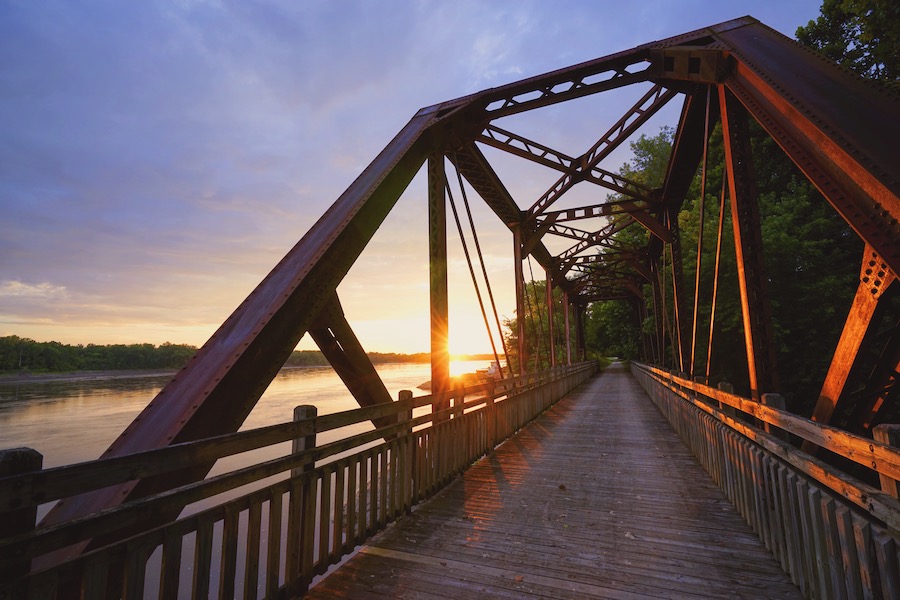

This bill is viewed by many as an unconstitutional attack on railbanking, violating Fifth Amendment rights and masquerading as a series of process improvements that are anything but. Proposed language invites a federal agency to meddle in local decisions about corridor width and trail maintenance for existing rail-trails, clouding the future of trails communities already count on, while putting unworkable responsibilities and expensive liabilities on local trail sponsors that will prevent future rail-trails from being built. If the bill moves forward, it will impose draconian changes that will result in lost opportunities to invest in America’s rural areas and cities, alongside the loss of transportation corridors, green spaces, historic sites and public trails that provide invaluable quality-of-life and economic development opportunities for communities nationwide.
Grant Rescissions and Funding Freezes Stall Progress

Since January, the United States Department of Transportation (USDOT) has frozen billions of dollars of Congressionally authorized grants previously awarded for trails, walking and biking projects—many of them strategic grants intended to broadly increase regional walking and bicycling connectivity across rural, suburban and urban areas. Even where some grants have been unfrozen, there often remains uncertainty about the future of those projects or whether funds will be permitted to be used as originally intended.
In July, Congress passed a large-scale rescission of previously approved grant funding with the passage of the One Big Beautiful Bill. The bill zeroed all unobligated funding from the Neighborhood Access and Equity grant program, including nearly $750 million for trails—a major blow to active transportation projects nationwide that would have made communities safer for millions of Americans.
More recently, the USDOT notified some communities that their grants through programs such as RAISE (now the BUILD program) to support active transportation projects are being canceled for being inconsistent with the USDOT’s priority on motor vehicles.
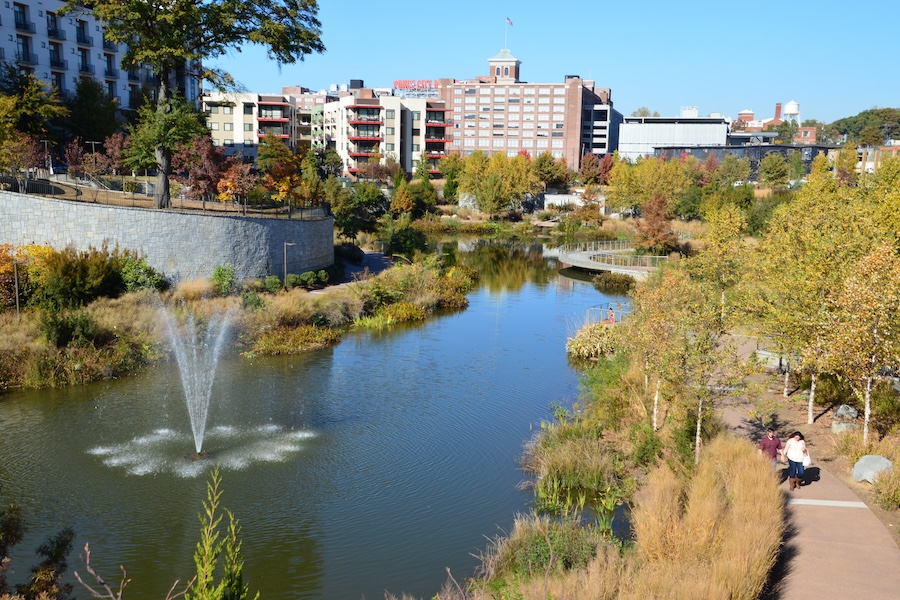
These actions by the administration and Congress are increasing costs, causing uncertainty and delaying project benefits for those communities fortunate enough to still have funding. Without consistent, dependable federal funding, major infrastructure projects, such as trails, are expected to face delays and cost increases as they seek smaller local, state and federal grants that, at best, may enable them to move forward at a much slower pace. And in many communities, there won’t be other options for the scale of investment needed to make progress on these types of projects at all.
Country’s Primary Funding Source for Trails is Under Attack
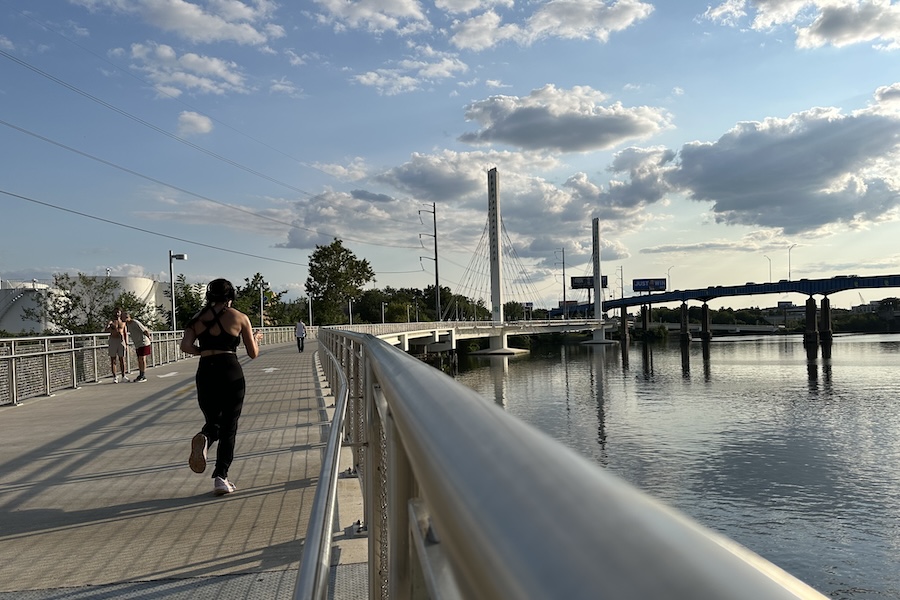
The Transportation Alternatives (TA) program is the largest dedicated source of funding for walking and bicycling infrastructure in the United States. Since 1991, this program (called Transportation Enhancements until 2012) has provided nearly $25 billion, distributed through state departments of transportation to local and regional governments, to create the infrastructure necessary to make it safer and easier for Americans to walk and bike. This investment has been fundamental to creating, connecting and maintaining America’s trails.
Because this program is so important to the future of the country’s trail system, RTC has tracked its implementation every year since the early 1990s. While there are ebbs and flows in how well the program has been implemented over the decades, this year’s analysis raised significant red flags around states transferring funds. In FY 2024, 12 states transferred more than $250 million to non-related programs, nearly triple the prior year’s total, a troubling trend that underscores the need for greater transparency and accountability of transfers—especially with such significant demand for investment in active transportation in every single state. These transfers come at a time of unprecedented attack on the program, putting it at heightened risk.
Project 2025 says that active transportation is not the federal role, which poses grave risk to dedicated federal funding programs like TA. The American Association of State Highway and Transportation Officials (AASHTO), the national group representing the state departments of transportation that are responsible for implementing TA and many of the federal funding programs that build trails, is advocating that TA be consolidated with several relatively new programs focused on climate and transportation, clouding the program’s impact and purpose. A bipartisan bill in the Senate aims to give states more power to transfer funds between programs, a step that would undercut the dedication of TA to active transportation, because, despite the demand from cities, towns and the public, states rarely choose biking and walking investments over roads in a head-to-head competition.
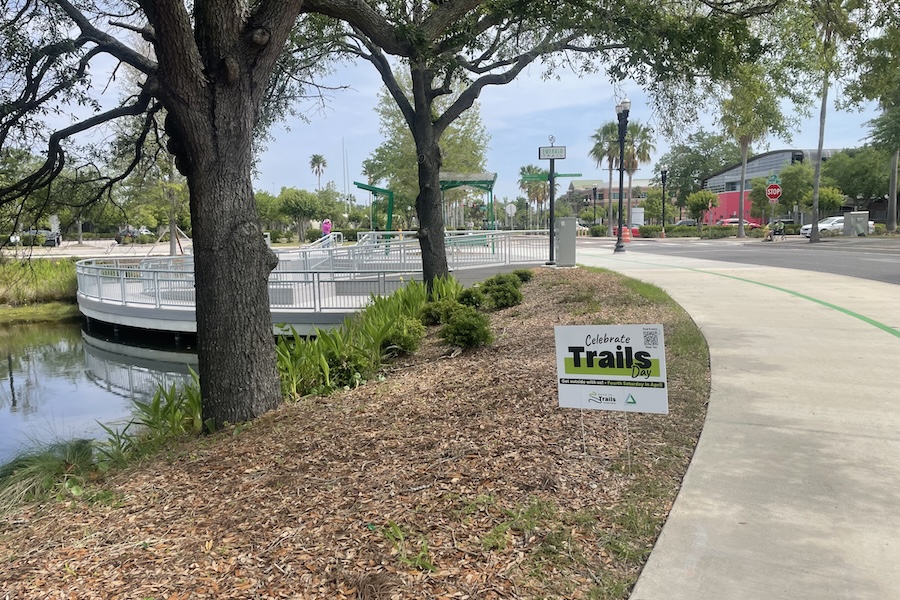
Protecting the Nation’s Trail System
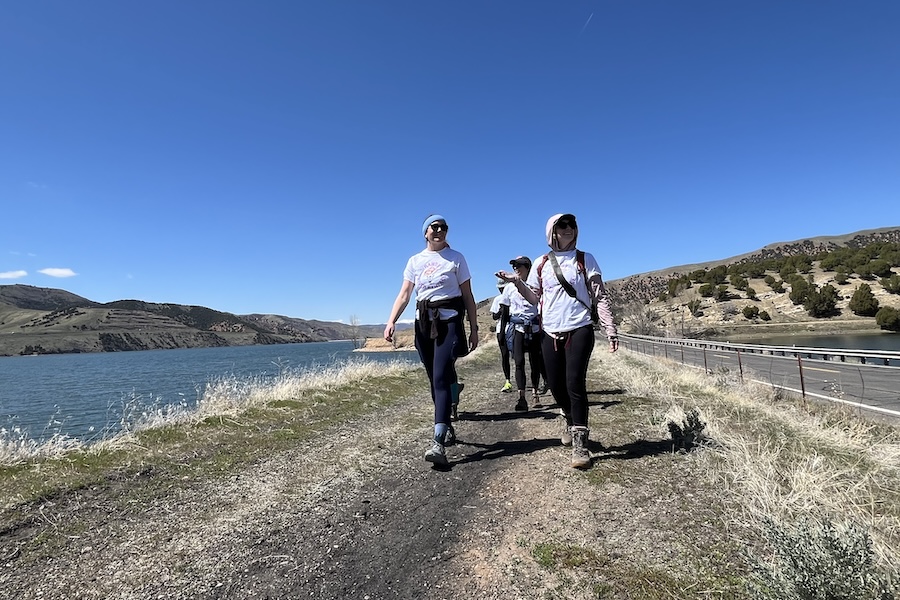
Despite progress toward a more connected active-transportation network, existing infrastructure remains far short of what is needed to make it safe and convenient for American families to walk and bike to the places they need to go. While demand for trails and active transportation infrastructure soars nationwide, applications for funding from the largest source for these projects, the TA program, outpaces available resources at a rate of 4 to 1.
When Congress reauthorizes the country’s surface transportation bill, due in 2026, they will set the funding levels, policy directives and program requirements for the federal agencies that oversee America’s roads, railroads, transit systems, trails and other transportation infrastructure. RTC has a bold policy agenda to help shape the next reauthorization, which has been shared with Congress and the USDOT, an important player in the process, and is being amplified by other partner organizations and state leaders.
RTC’s Reauthorization Agenda
As we work to shape federal transportation priorities, RTC has put forth a policy framework for the next reauthorization of the federal surface transportation bill focused on ensuring a robust ecosystem of policies and programs that prioritize connected walking and biking routes, making it safer and easier for Americans to move around the regions where they live, work and play. Priorities include:
- Growing and strengthening all three pillars of dedicated federal programs that support active transportation: Transportation Alternatives, the Recreational Trails Program, and the Active Transportation Infrastructure Investment Program
- Ensuring that multimodal federal discretionary grants catalyze innovation and address limitations of formula programs to support critical projects
- Calling for accountability in how states deploy formula funds to maximize impact

Despite the headwinds, the demand for this infrastructure is strong. There is widespread support for trails among Republicans, Democrats and Independents alike. Hundreds of communities are building out their visions for trail networks to create new opportunities for economic development and to keep their constituents safe—more than 20 people die in America walking every single day.
We must work together and remain vigilant in elevating this infrastructure as essential to the country’s economy, safety and quality of life and ensure that these setbacks are recorded in history as a one-time detour from the trail. We will continue working diligently to protect the federal programs that make it possible for the country to create, connect and maintain its trails.
Threats to trails, walking and biking in the news
Become a Changemaker for Trails
Right now, we need everyone who cares about these vital spaces to share why they’re essential. RTC’s “Changemakers for Trails” initiative is designed to help more people speak up for trails, walking and biking where they live and across the country. Sign up for the Changemakers initiative and receive information, resources and training opportunities to be an effective advocate for trails in your community and across the country.
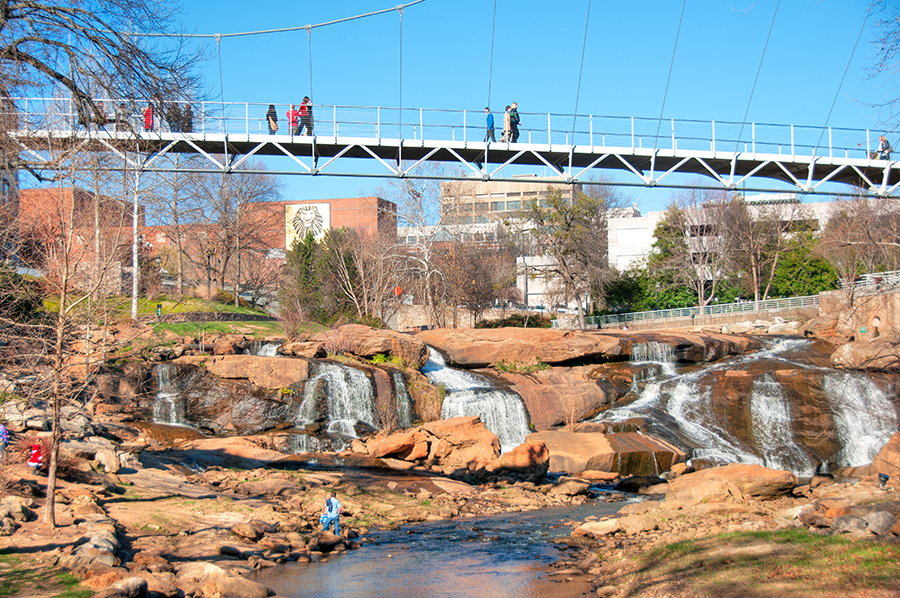
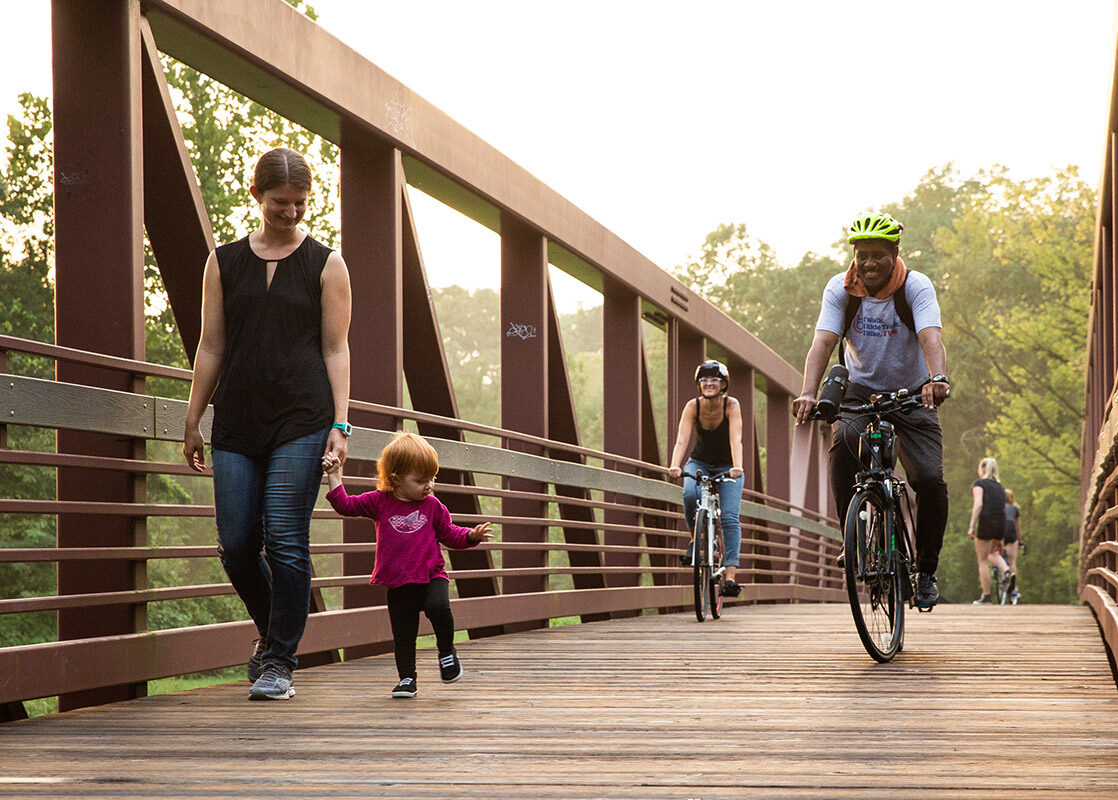
Donate
Everyone deserves access to safe ways to walk, bike, and be active outdoors.
